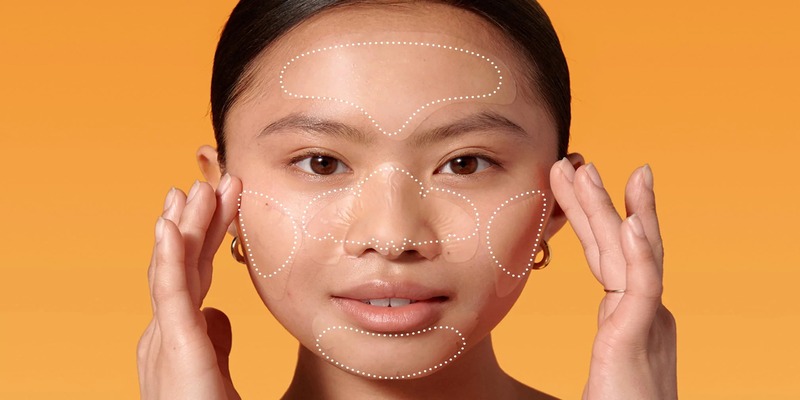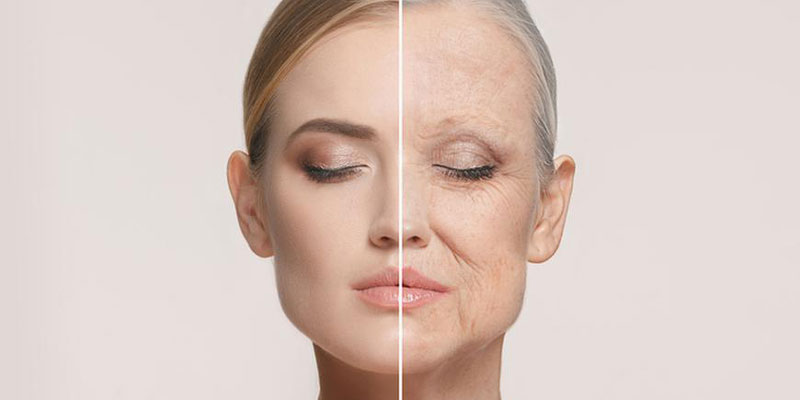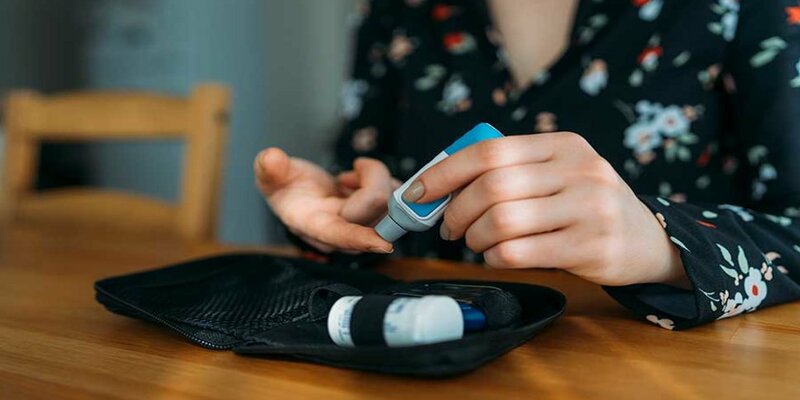You could see a pattern if you keep track of where your pimples and other facial imperfections emerge. An ancient Ayurvedic practice called face mapping suggests that the site of your acne may indicate internal health.
This guide will help you figure out what's causing your acne and what will work to clear it up, whether you're dealing with breakouts on your forehead, or t-zone.
Acne: What's the Deal?
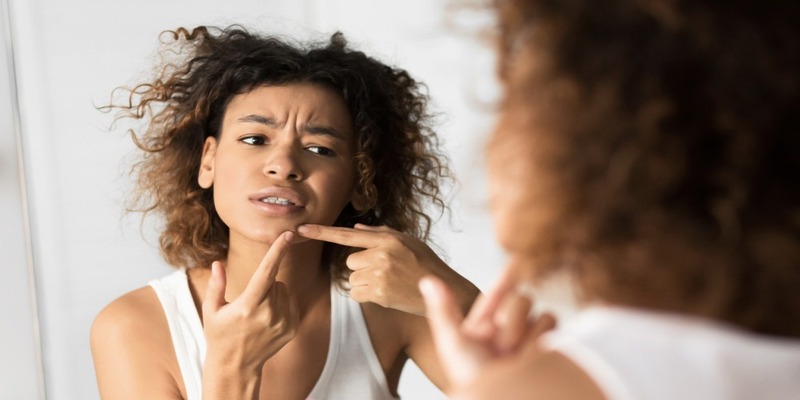
Stubborn acne can appear on your skin if the oil-producing sebaceous glands get blocked with dead skin cells, excess oil, or germs. Different forms of acne include whitehead, blackhead, cyst, nodule, papule, and pustule.
What Is Facial Mapping, and How Can It Help My Acne?
The process of "face mapping" correlates certain facial skin regions to their corresponding organs in the body. Thousands of years ago, doctors could tell much about a patient's internal condition by looking at their faces. Even today, the method may be utilized to understand better what aspects of your health or way of life may be contributing to your acne.
Amanda Doyle, MD, a dermatologist at New York's Russak Dermatology Clinic, has remarked, "Our face structure defines the kind of skin in a certain place."
"When compared to the rest of our faces, the skin surrounding our eyes is quite delicate. Facial mapping thus plays a crucial role in skin maintenance." Using face mapping before administering cosmetic treatments in her practice is not new for Dr. Doyle.
How Do The Various Segments Illustrate Problems?
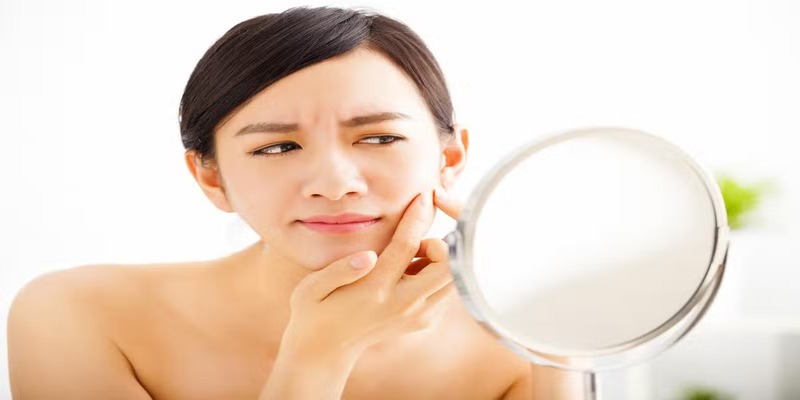
Where your pimples appear is another indicator of whether you have common acne or the hormonal variety, as suggested by Dr. Doyle.
Forehead
Certain hair products, stress, hormonal shifts, and poor cleanliness can all contribute to breakouts on the forehead.
Like the causes of your cheek and nose pimples, hair products might be to blame for your forehead acne. Whiteheads, blackheads, and spots on the forehead may disappear once you stop using hair products that aggravate acne.
Among the Brows
Discoloration in that area between your brows may indicate liver disease. Avoiding alcohol is good for your liver and may help clear up that annoying blemish in your brow. Alcoholic fatty liver disease is characterized by inflammation and damage to liver cells and is linked to excessive alcohol consumption, as reported by the National Library of Medicine.
Chin or Jaw
Dr. Doyle explained that acne on the chin and jaw could usually be attributed to hormonal changes. Dr. Doyle noted that an abundance of male androgen hormones is to blame for hormonal acne.
These hormones can cause an overproduction of oil, which can then block pores and foster the growth of acne bacteria. Hormonal breakouts can sometimes develop 7-10 days before a woman's menstruation is expected to begin.
Around the Periphery of the Face
According to Dr. Doyle, hormonal acne might include breakouts along the hairline, in the ear lobes, and on the cheeks. For the sake of your skin, you can try switching to all-natural cosmetics for a couple of weeks and see if it helps.
Cheeks
Dr. Doyle mentioned that acne around the cheeks might result from eating too many sweets. The American Academy of Dermatology reports that a low-glycemic diet (on) is associated with less acne. Thus, reducing sugar consumption and eating a healthier diet may aid in the healing of acne outbreaks on the cheeks.
Consider how close your phone is to your face as another consideration. Dr. Doyle warned that "our cell phones are infamous for transporting germs" and that the screen often becomes smeared with oil and cosmetics due to constant contact with the user's face. Use a disinfectant wipe to clean your phone frequently to avoid spreading germs to your skin.
T-Zone
Dr. Doyle noted that the T-zone is often oilier than the rest of the face. Because of this, it usually develops whiteheads and blackheads. Using cosmetics that aren't suitable for your skin type might also aggravate acne. Several of Dr. Doyle's patients present with blocked pores because they use cosmetics that are not non-comedogenic.
According to Dr. Doyle, black and whiteheads are best extracted manually at a dermatologist's clinic. These imperfections persist, though. "Topical retinoids can also assist," Dr. Doyle said, "since they help evacuate the sebum from the real pores."
